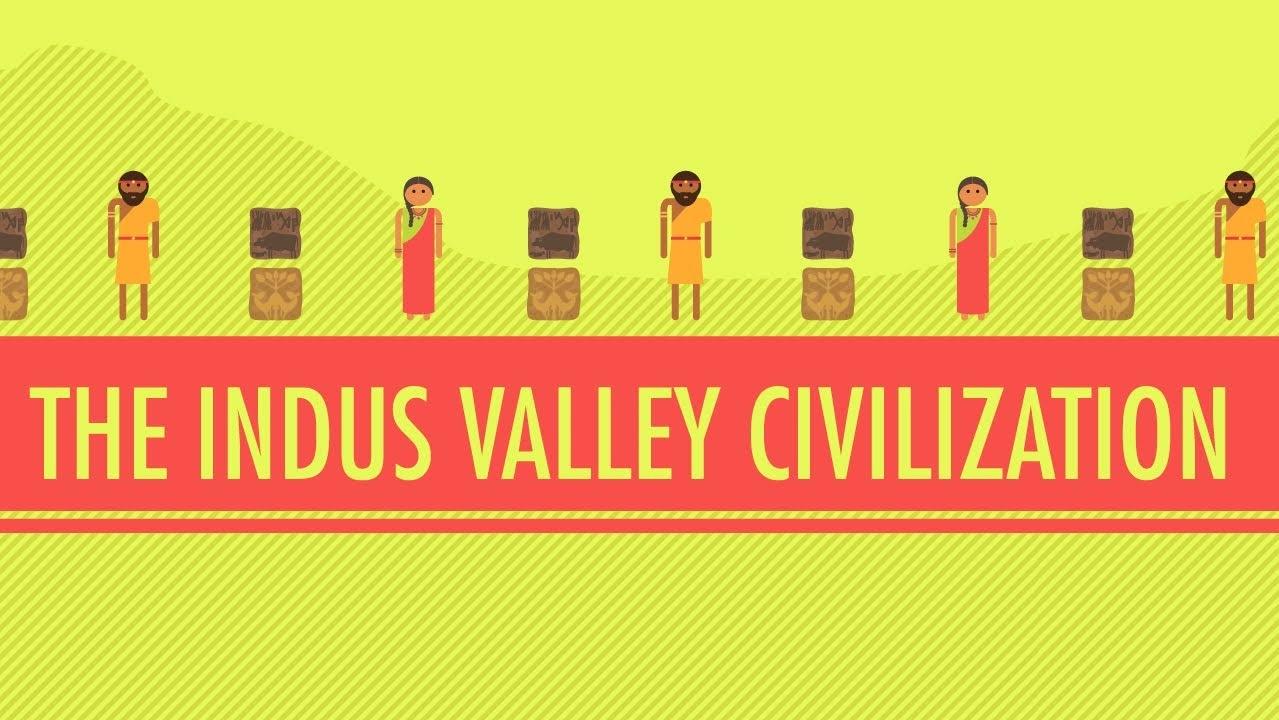
The Indus Valley Civilization was one of the world's earliest urban civilizations, flourishing between 2600 BC to 1900 BC. It is also known as the Harappan civilization, named after the modern-day city of Harappa, which was one of its major centers. The civilization was located in the northwestern region of the Indian subcontinent, encompassing parts of present-day Pakistan, India, and Afghanistan.
The Discovery of the Indus Valley Civilization

The Indus Valley Civilization was discovered in the 1920s, when archaeologists began excavating the ruins of Harappa and Mohenjo-daro, another major center of the civilization located in modern-day Pakistan. The ruins revealed a highly advanced urban society, with well-planned cities, sophisticated water management systems, and intricate trade networks.
The Indus Valley Civilization's Society and Culture

The Indus Valley Civilization was a highly diverse society, with different social classes and professions. The cities had a well-planned layout, with streets, public buildings, and private residences. The civilization also had a rich cultural heritage, as evidenced by the artifacts found in the ruins, such as pottery, jewelry, and sculptures. The civilization's writing system, which has not yet been deciphered, also speaks to their advanced intellectual achievements.
The Decline of the Indus Valley Civilization

The decline of the Indus Valley Civilization is still a mystery. Some scholars believe that natural disasters, such as floods and droughts, may have contributed to its downfall. Others suggest that the civilization's complex social structure and economic systems may have collapsed under their own weight.
Legacy of the Indus Valley Civilization

The Indus Valley Civilization's legacy is still evident today. Its sophisticated water management systems, urban planning, and trade networks have influenced subsequent civilizations all over the world. The civilization's rich cultural heritage has also inspired artists and scholars for centuries.
Conclusion
The Indus Valley Civilization was a remarkable achievement of human civilization, and its legacy still resonates today. Its advanced urban society, sophisticated technology, and rich cultural heritage continue to inspire and fascinate people all over the world.